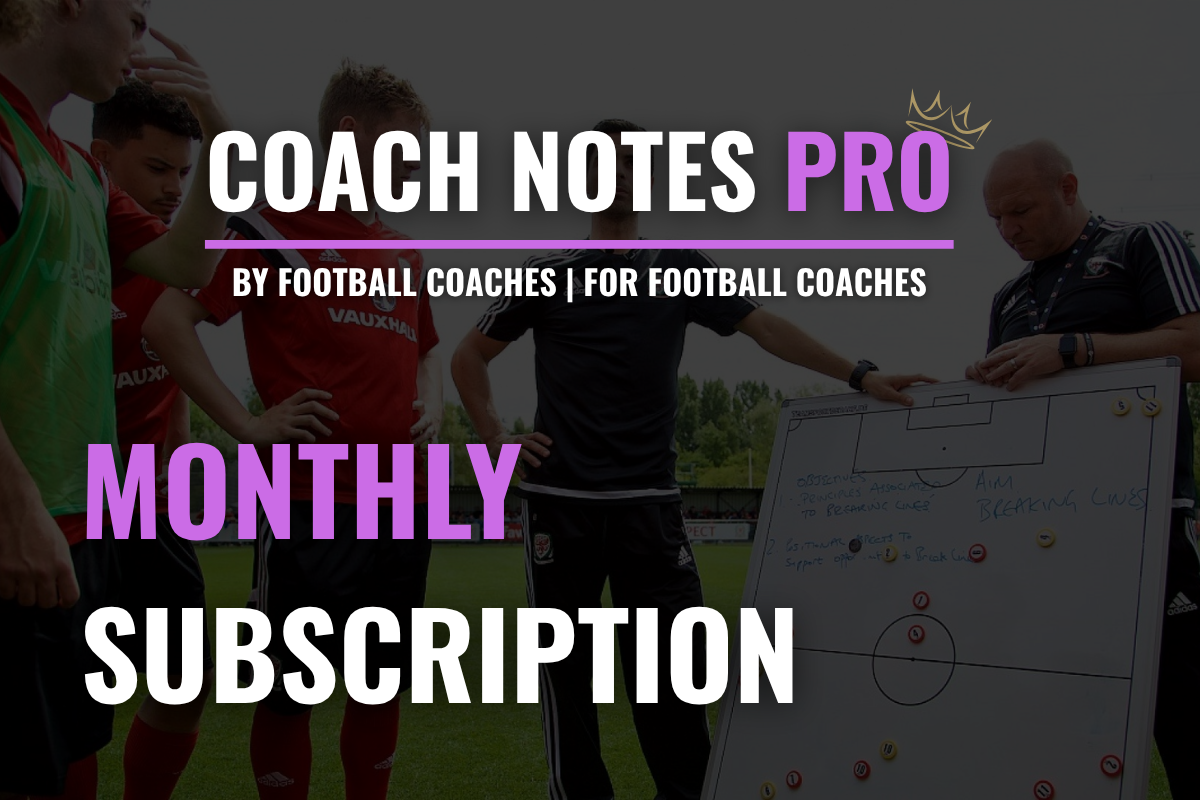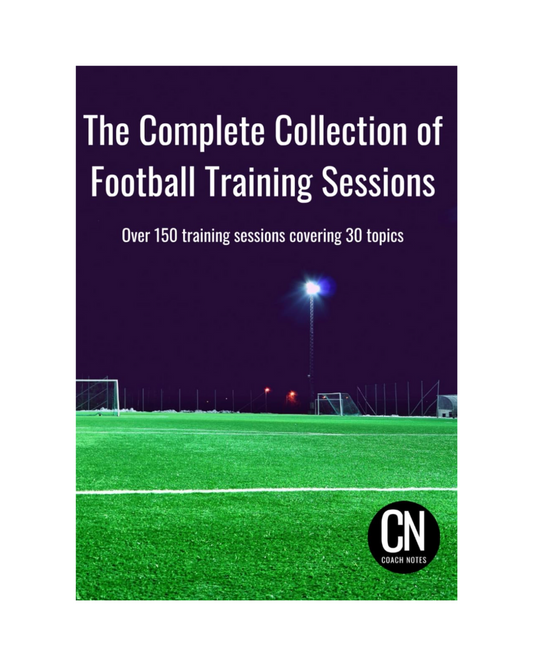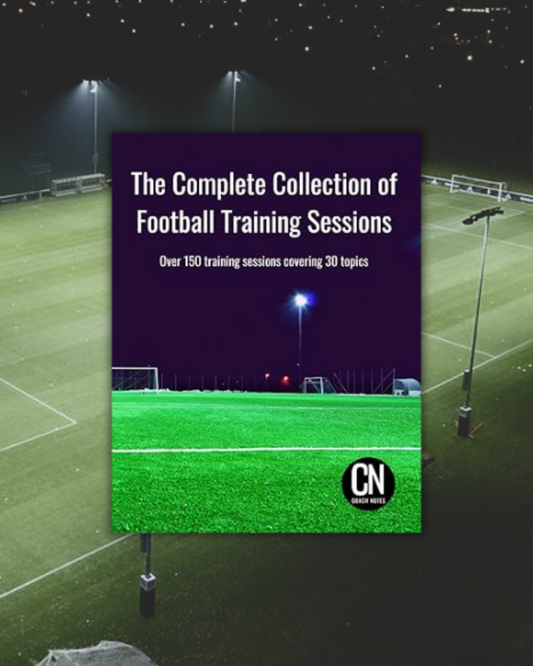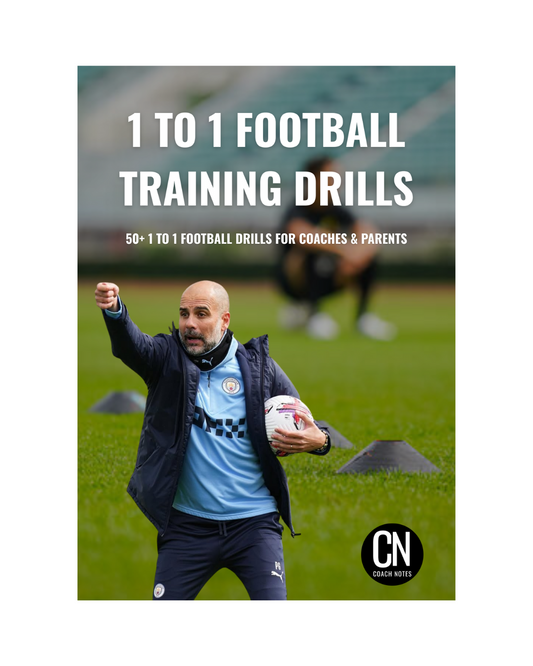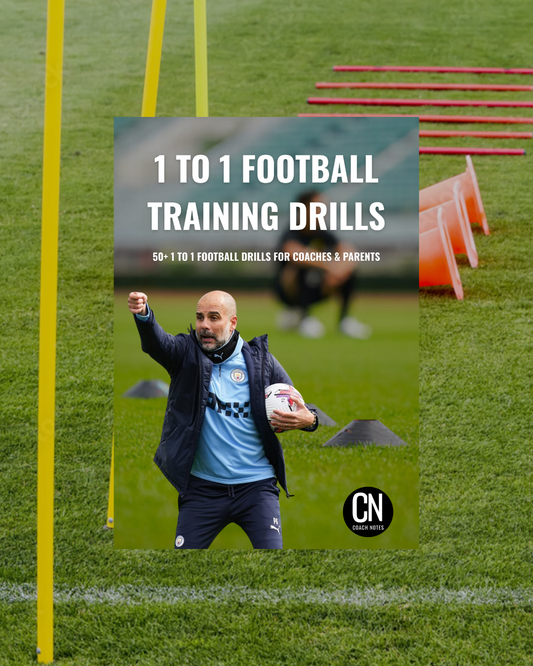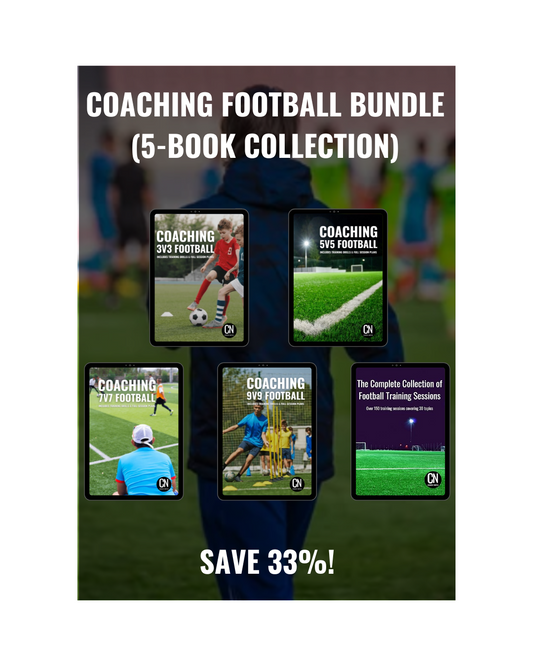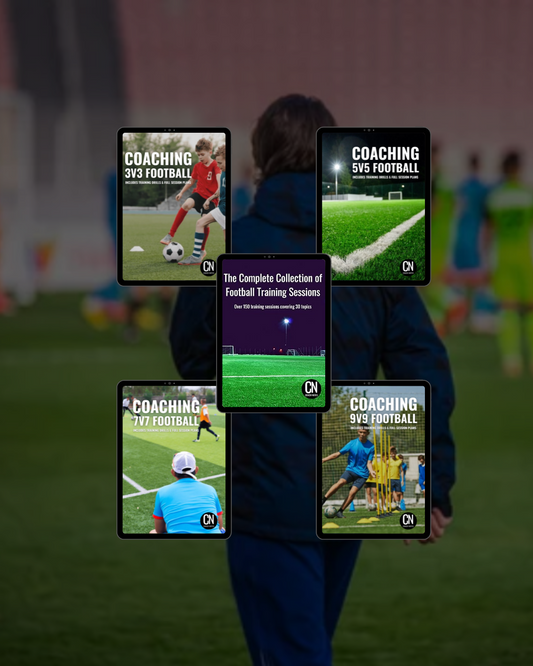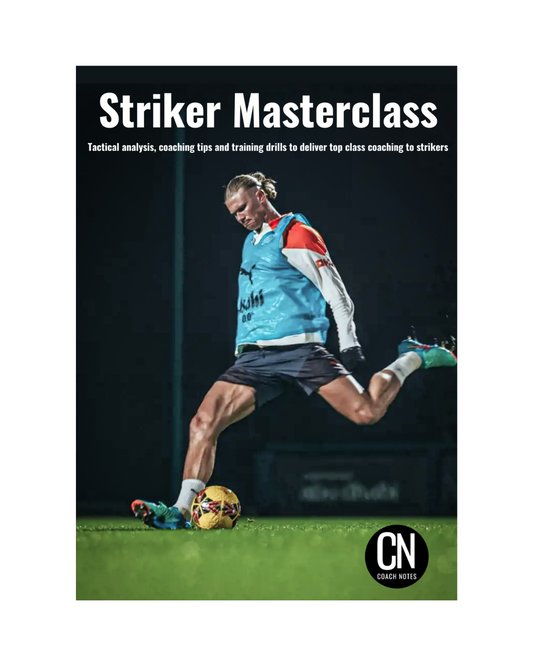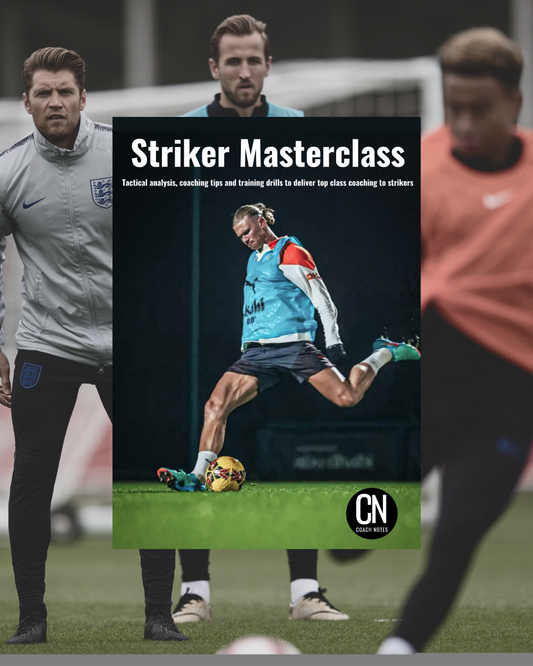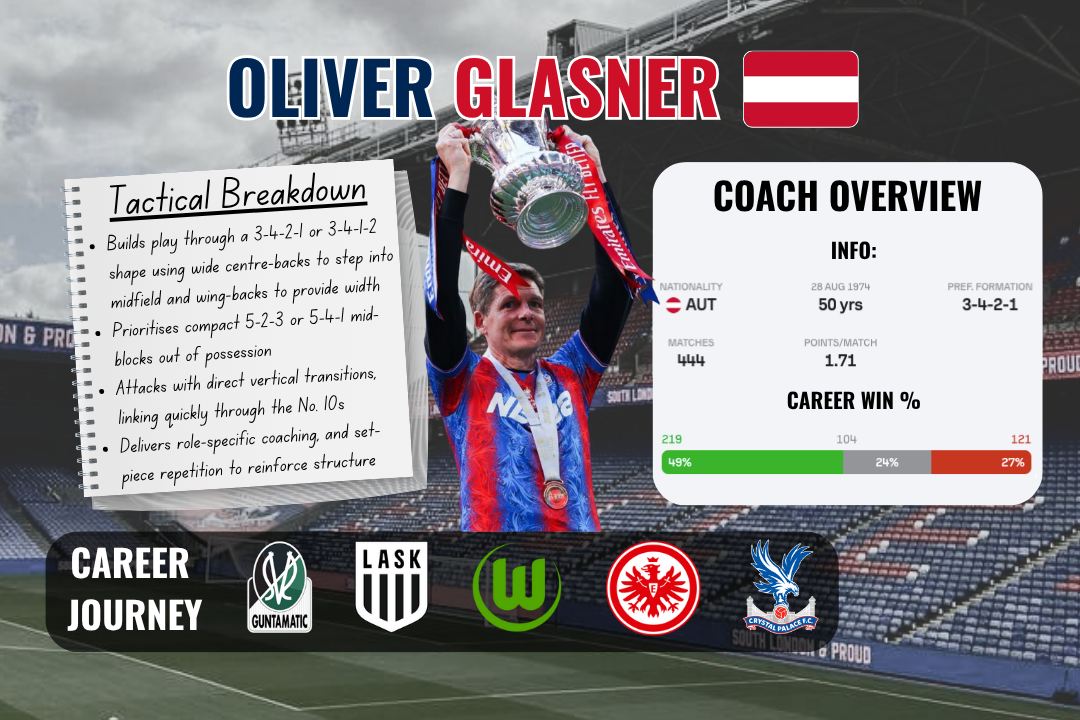
Oliver Glasner
Share
👤 Coach Bio
Oliver Glasner has carved a reputation as one of Europe’s most tactically astute managers. After a modest playing career in Austria, Glasner transitioned into coaching through the Red Bull Salzburg system before making his name at LASK, where he led the club to the UEFA Europa League. His success earned a move to Wolfsburg, where he secured Champions League qualification, followed by a standout spell at Eintracht Frankfurt. There, he masterminded a UEFA Europa League triumph in 2022.
In 2024, Glasner was appointed head coach of Crystal Palace. Tasked with evolving the team’s playing style and instilling greater tactical sophistication, Glasner quickly brought clarity and purpose to Palace’s performances, blending compact defensive organisation with sharp vertical attacking transitions.
⚽️ Playing Philosophy
Glasner’s philosophy is rooted in structure, discipline, and tactical flexibility. He values verticality over sterile possession, and while his teams are comfortable on the ball, they play with purpose, looking to progress quickly through the thirds.
His core principles include:
- Controlled aggression out of possession
- Compactness and organisation in defensive phases
- Quick vertical passes in transition
- Intelligent pressing using zonal cues
- Efficiency in both open play and set-piece situations
Glasner is a systems coach who fine-tunes team mechanics to maximise strengths and minimise exposure. His sides are drilled, cohesive and detail-oriented, often outperforming expectations through tactical clarity.
🔍 Style of Play
In Possession
Glasner typically sets his teams up in a 3-4-2-1 or 3-4-1-2 shape during possession phases.
- Build-up Play: Initiated by a back three, supported by a double pivot. The wide centre-backs are encouraged to step into midfield to create overloads. The goalkeeper often acts as an extra outlet to invite pressure and open lanes.
- Wing Play: Wing-backs provide width but are also tasked with deep runs beyond the forward line. This creates options both inside and outside.
- Attacking Midfielders: The two No. 10s or inside forwards operate between the lines, drawing markers and connecting with the lone striker. They often rotate to create central overloads or drift wide to support the wing-backs.
- Final Third: The emphasis is on third-man combinations, cutbacks, and quick vertical interplay rather than elaborate possession. Wide overloads are used to break blocks and isolate defenders.
His sides are not possession-dominant by design, but they are purposeful and positionally fluid, progressing the ball through precise patterns and movement.
Out of Possession
Glasner’s teams are tactically disciplined and defensively cohesive. He employs a 5-2-3 or 5-4-1 shape out of possession, depending on the game state.
- Block Shape: Mid-block is the default, narrowing central spaces and forcing the ball wide.
- Pressing Triggers: Presses are initiated on backwards passes, slow switches, or poor touches. The front three work to angle their pressure and guide opponents into traps.
- Defensive Compactness: The distances between lines are tight. The back five moves as a unit to maintain shape and deny space in behind.
Glasner’s setups are difficult to break down. The use of a back five gives defensive security, while midfield pressing lanes are coordinated and rehearsed.
Transitional Moments
Transitional phases are where Glasner’s teams often thrive.
- Attacking Transitions: On winning the ball, they seek immediate vertical progression. One of the advanced midfielders or the striker drops to link, while wing-backs and opposite-side attackers provide running options.
- Defensive Transitions: Glasner uses a quick positional regroup rather than an all-out counter-press. The first few players apply light pressure while the rest of the team recovers into the block. This prevents overexposure and maintains structural integrity.
His transitions are balanced, designed to punish disorganisation while keeping the team safe if the move breaks down.
🧠 How to Coach Like Oliver Glasner
To replicate Glasner’s methodology, coaches must focus on detail, structure and scenario-based training. He is a planner who integrates tactical learning into every session.
- Tactical Periodisation: Sessions are themed around key game principles – defending in a five, central pressing triggers, wide overloads, or vertical progression through half-spaces.
- Coaching Structure: Training involves positional drills, small-sided games, and full-pitch scenarios. Each exercise links to specific tactical objectives.
- Video Analysis: Players review clips individually and collectively to reinforce habits and decision-making. Glasner uses video to emphasise spacing, body shape, and pressing patterns.
- Set-Piece Coaching: His teams are extremely well-drilled on restarts, with set movements, blockers, and screeners built into routines.
Glasner builds tactical intelligence through clarity and consistency. Coaches emulating his style should prioritise shape work, pressing mechanics, and vertical combination play.
👥 Player Profiles
Glasner recruits and develops players based on their suitability to system roles, not solely on flair or reputation. He seeks intelligent, physically capable players who understand spatial dynamics.
- Centre-Backs: Need to be mobile and secure in 1v1s. Wide centre-backs must be comfortable stepping into midfield and distributing under pressure.
- Wing-Backs: High stamina, tactical awareness, and delivery quality. Must be able to provide width and recover quickly.
- Midfielders: Disciplined and multi-functional. One sits (often as an anchor), while the other connects play and supports press resistance.
- Attacking Midfielders: Players with awareness and close control who can find space between lines and execute incisive final actions.
- Striker: Intelligent movement, ability to combine with others, and work-rate out of possession are key attributes.
Glasner prefers flexible, coachable players who can adapt to multiple shapes without compromising tactical identity.
🔑 Key Takeaways for Coaches
- Build tactical cohesion through repetition and scenario realism – make sure players understand how their roles connect within team shape.
- Train set-pieces rigorously – both attacking and defending restarts are key to gaining an edge.
- Prioritise transitions – coach both vertical attacking transitions and compact defensive recoveries.
- Use video analysis to reinforce decision-making – shape, timing, and spatial awareness are best learned visually.
- Demand organisation and positional discipline – Glasner’s success is built on collective understanding, not individual brilliance.

